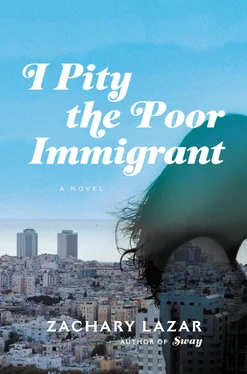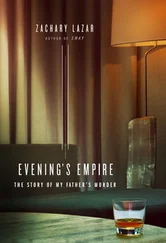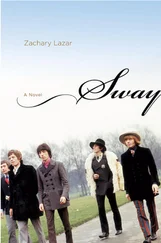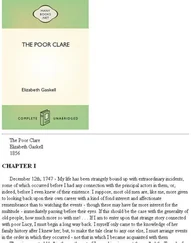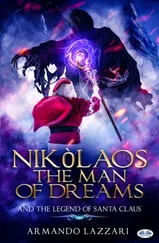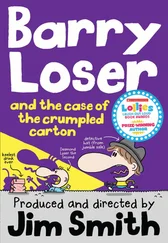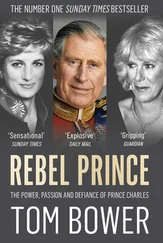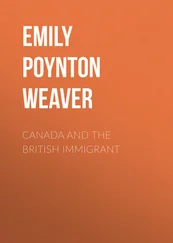2) OUR OBSESSIONS CHOOSE US
Rock stars, serial killers, drug addicts, sexual “deviants”—these are some of the obsessives that have come to obsess me in my career as a journalist. I’m not a political writer — whatever politics I’ve engaged in has always been far beneath the surface. I’m a crime writer with a fractured style. I pitched this story as a crime story.
But when I left for Israel, I felt as though it were the 1980s and I was telling friends I wanted to visit South Africa. What I would say now, having gone, is that if Israel were to disappear, my friends might be the very people who would erect a sentimental cult in its memory. I had never cared much about Israel — my lack of interest was so long-standing that perhaps I should have wondered more about it. On a deeper level, I might have realized, I had never wanted to face too directly the idea of myself as a Jew. Your name is Hannah, the El Al people kept pointing out to me in the security line, a Hebrew name — why had I never been to Israel? They were smiling as they said it, but it was precisely this kind of righteous shaming that I have always taken pains to avoid.
My favorite picture of David Bellen, who disliked having his photograph taken, is badly focused and in black-and-white. He has a squat bald head and wears metal-rimmed, Soviet-looking glasses. He looks like a wry pugilist, used to taking blows to the face. Inspired by the paintings of an Israeli artist named Ivan Schwebel, he wrote his last book, Kid Bethlehem, in his midsixties, in the years leading up to the Gaza War — years of disillusionment, cynicism, terror, and other wars, in which Israel became more than ever in the world’s eyes an oppressor, a kind of gangster state. The poems in Bellen’s book, like Schwebel’s paintings, are a peculiar retelling of the story of King David — his rise, his triumph, his decadence, his tragedy, his death. As in Schwebel’s paintings, Bellen’s David appears in modern guise — particularly, in Bellen’s poems, in the counterpersona of the real-life Israeli gangster Yehezkel Aslan, who died in 1993. Because of the book’s controversial nature, it can’t help but be looked at as a clue to Bellen’s murder.
3) THE ROUTE
You could take one fork of the Hebron Road all the way from Jerusalem to Bethlehem, my driver explained, but it would mean going through the main checkpoint, which could add as much as an hour to the tiny six-mile trip, so instead we went the circuitous way along Route 60 to the West Bank town of Beit Jala. It was the first time I’d seen the separation wall, high barriers made of wood or maybe some bulletproof polymer that looked like wood. We passed through a tunnel that seemed like any other tunnel until we emerged from it and there it was — vast, brutal, brown — lining the road on one side like an endless fan whose blades had been bent in half, the top half casting a shadow. Spread over the valley beyond were houses of white stone and pink tile, cypress trees, grass. On one hillside was a dilapidated Arab settlement. On the opposite hillside was a shiny Jewish one. My driver had a tired air, as if he saw himself as a kind of character. He shrugged and pointed out the large gaps in the wall that anyone who wanted to could walk right through. Thousands of shooting incidents until they built the wall between Gilo and Beit Jala, he said. Sometimes the Arabs would open fire on the highway traffic, sometimes they would shoot across the valley at the Jewish settlements, sometimes the Jews would shoot back. I mentioned nothing about David Bellen. I think the reason I didn’t was that I was afraid the driver would not have heard of him.
We parked in front of a convenience store in Beit Jala and I waited to change to a Palestinian driver. Dust, construction, a checkpoint with a single black-and-white car with the flag of the Palestinian Authority. The storekeeper offered me a bottle of water, and then a group of tourists came in an SUV and we all got into the new driver’s van. When his cell phone rang, it played “Careless Whisper.” As we drove on toward Bethlehem, he said, “I will tell you this little story and at the end you will be amused.”
He pulled over on the embankment in Beit Sahour as I’d requested and pointed out the site I’d asked to see, the Shepherds’ Field, the place where the biblical David is said to have grazed his sheep. The hillsides were covered with the concrete slabs of half-built houses, cypress trees, rocks. I took a few photographs. We weren’t allowed to go down any closer, the driver said, because it was dangerous. He meant it was always dangerous. He wasn’t saying that this was the place, six months before, where the IDF had found David Bellen’s mutilated body in a vacant lot among the building sites. I tried to picture it there — I knew the body had been run over by a truck several times, most likely to make it harder to determine the precise cause of death. It was as if the battered corpse was left there as a message: Not there, but here. Not in Tel Aviv, but in Bethlehem. Not in the modern city, but in the birthplace of the ancient king.
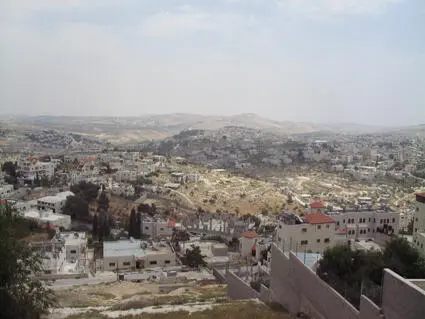
The crime scene, Beit Sahour, on the eastern edge of Bethlehem
4) TURF WAR
At first I found it frustrating that the politics of ancient Israel were confusing to me in exactly the same way as the politics of modern Israel, frustrating that I had such a poor grasp of either. At the time of David, the twelve tribes, themselves grouped into factions — Israel and Judah — were surrounded by enemies that included the Philistines, the Amalekites, the Ammonites, and the Phoenicians. It was hard for me to keep track of these names, hard because they didn’t concern me personally. It was hard for me to keep track of Iran, Syria, Lebanon, Fatah, Hamas, Hezbollah, Islamic Jihad, the al-Aqsa Martyrs Brigades, etc. As a journalist, my job was to make all this transparent. Instead, I often felt less knowledgeable than the reader I was supposed to be informing.
11 Jerusalem Arab teens arrested yesterday for desecrating Jewish graves on the Mount of Olives, I read in the Jerusalem Post on my second morning in Israel. I looked out at the cemetery from my hotel room in the German Colony south of Mount Zion. Still jet-lagged, I saw the Dome of the Rock shining bronze at dawn.
5) THE MYSTERY DEEPENS
The next day, I met with the journalist Oded Voss at a café across the street from the King David Hotel. Voss, a veteran of the First Lebanon War, is handsome, intelligent, with skeptical blue eyes and gray flecks in his neat beard and precisely cut hair. Over lunch, he recounted for me his efforts to cover the Bellen murder until the lack of new information — and the lack of public interest — caused him to stop. He said that the idea of Bellen leaving Tel Aviv on his own for an illegal nighttime journey to the West Bank made no sense to anyone. What did make sense was the killers leaving his body in the symbolic place that they did. “But the reason could be simple or complicated,” he went on. He started to elaborate, meeting my eyes, but seemed defeated by the effort.
“At least one of my fears has not materialized,” he said. “After six months, at least we don’t have a Palestinian sitting in jail for it.”
I asked why a Palestinian would want to murder someone like David Bellen. “In a sense, that’s right,” Voss said.
“Then what I’m asking is why the IDF would call it an act of terrorism.”
He looked at me before answering this. Later, I realized that during this moment he was parsing my naïveté, assessing its precise components.
Читать дальше
